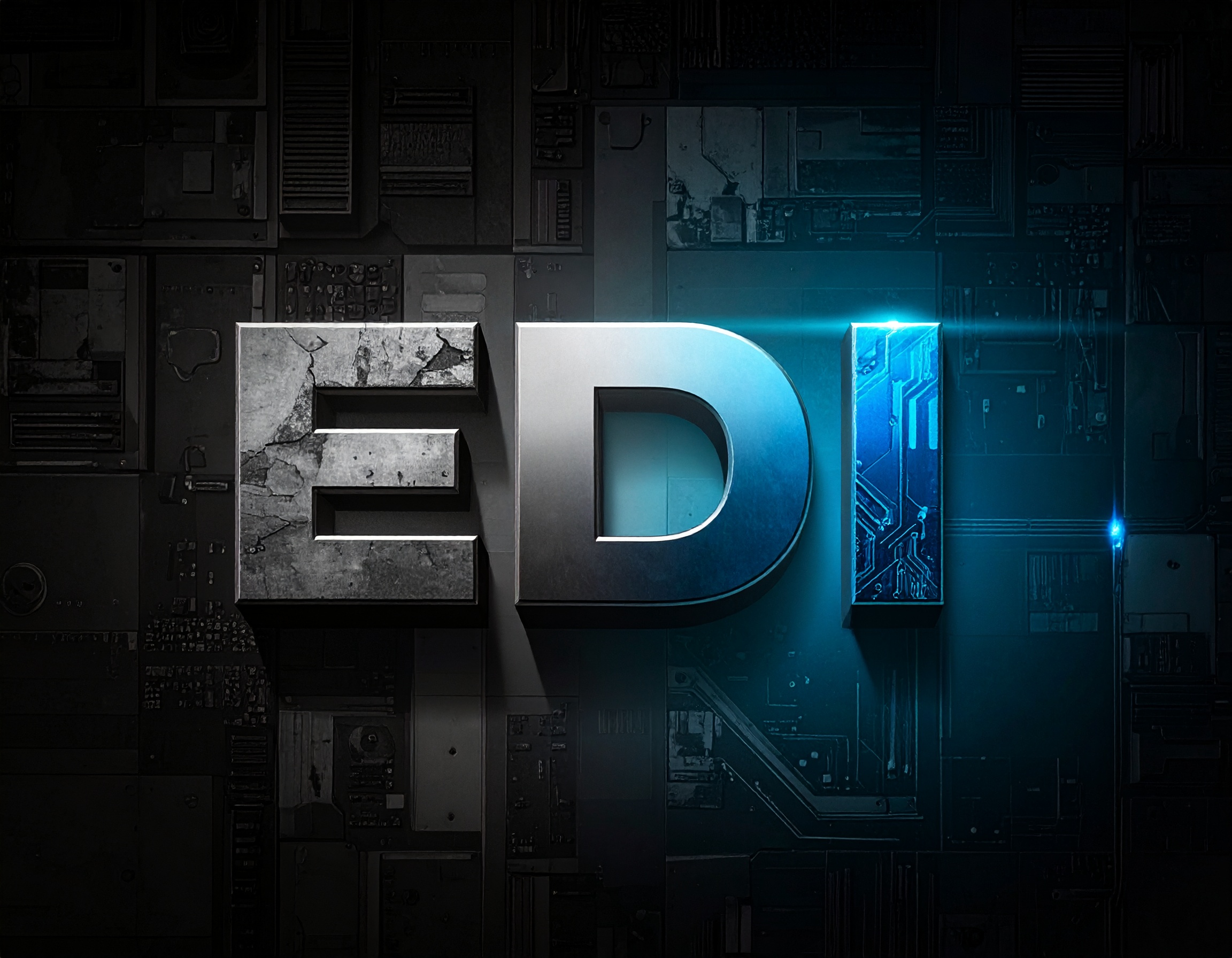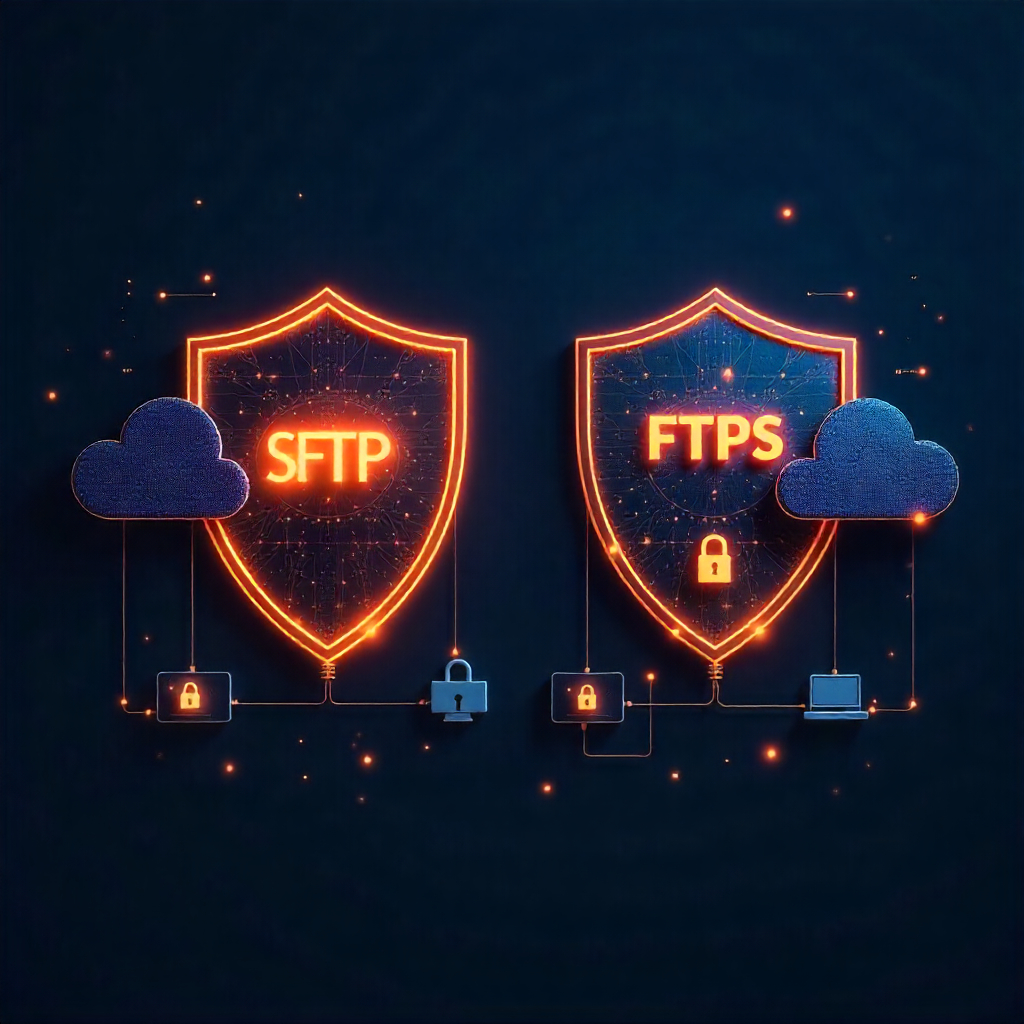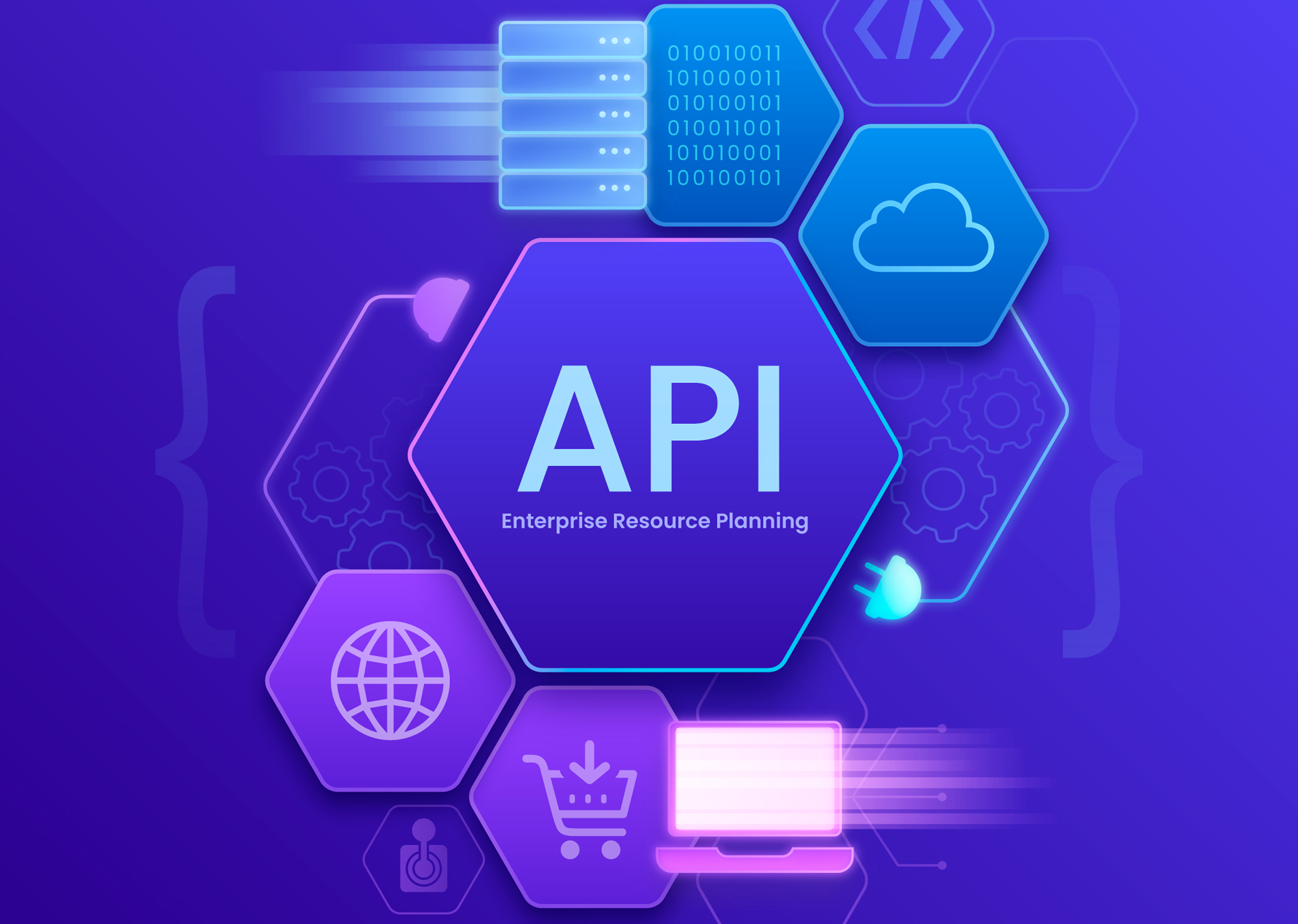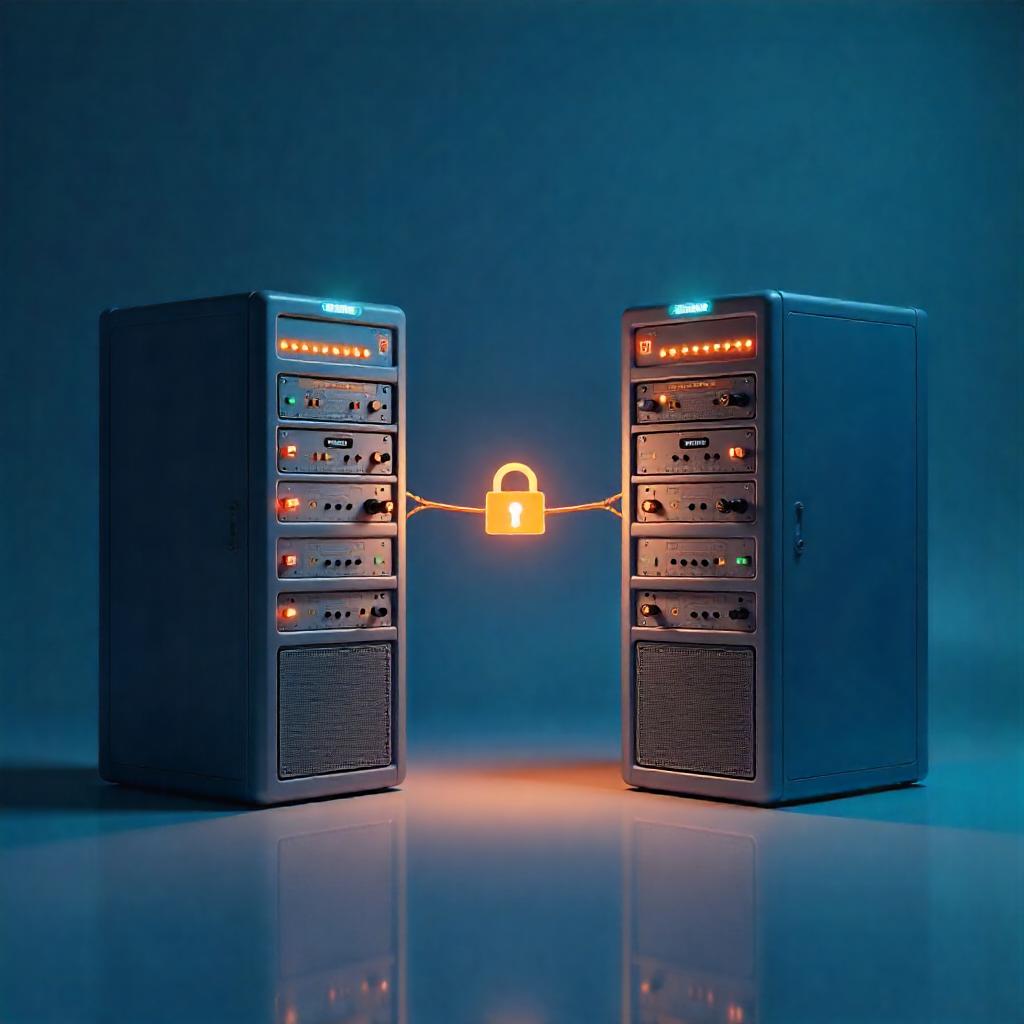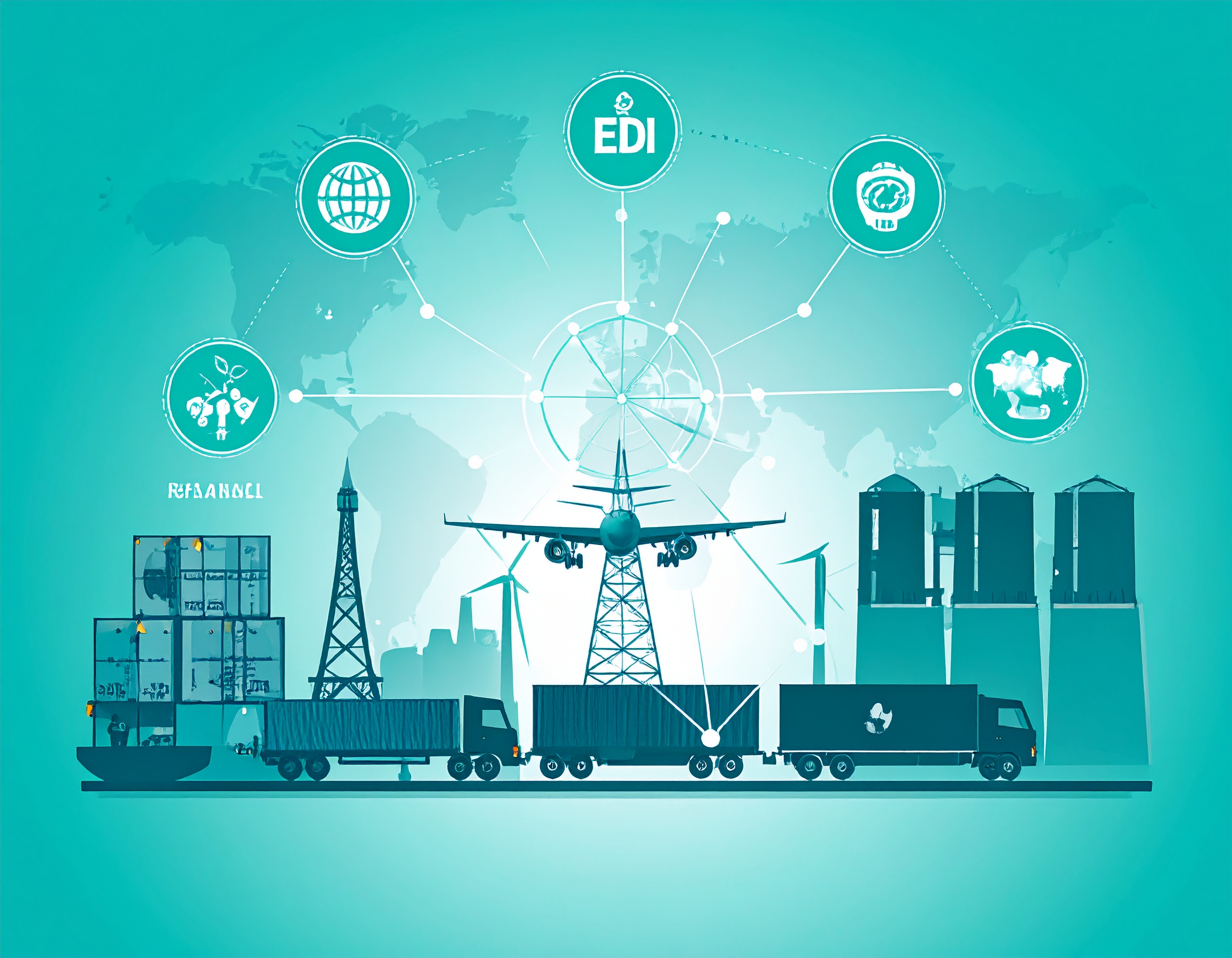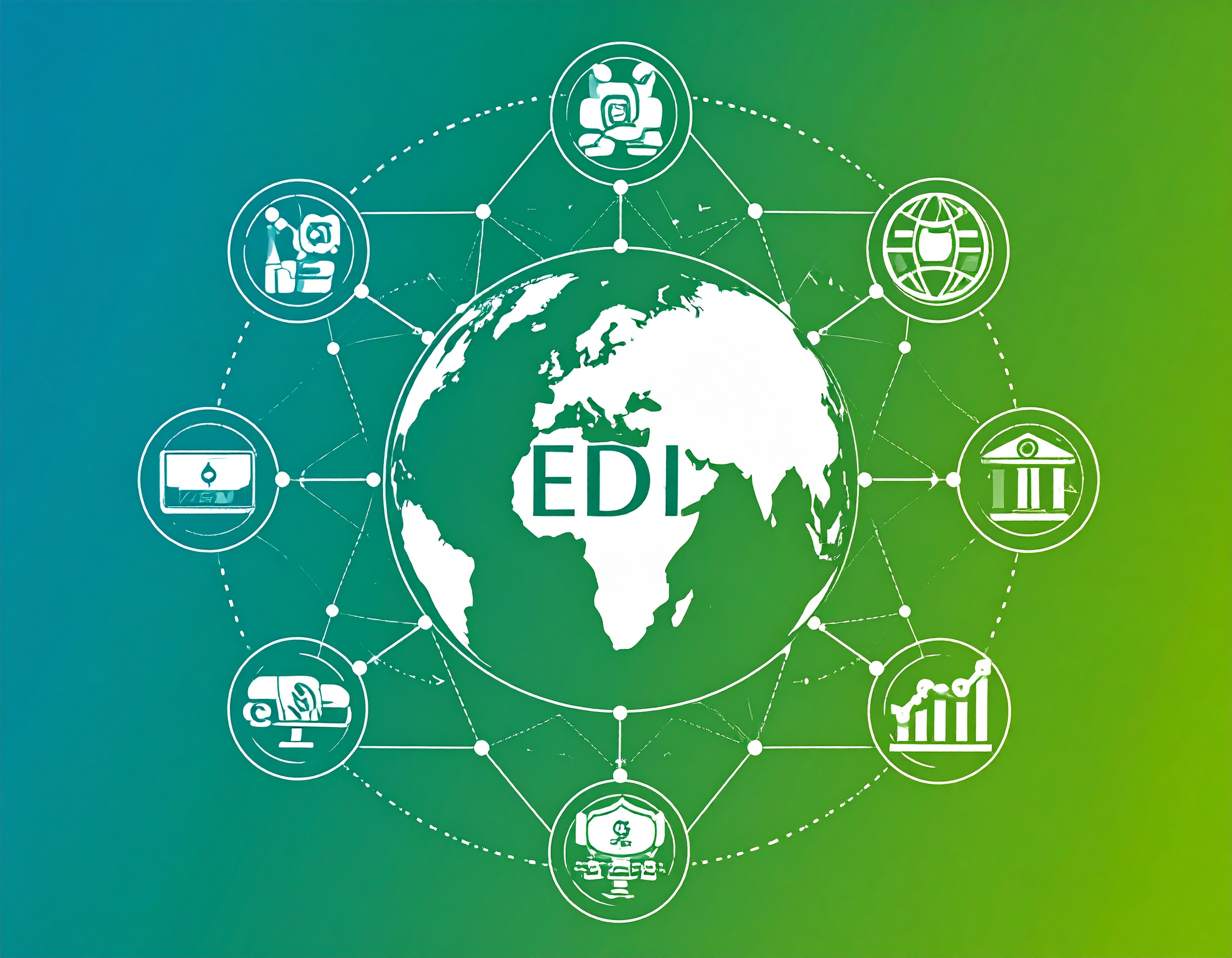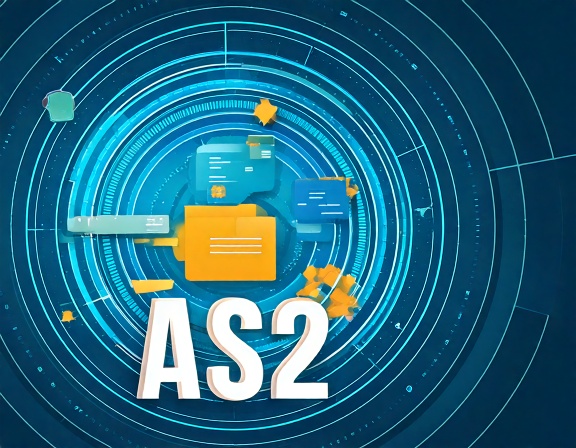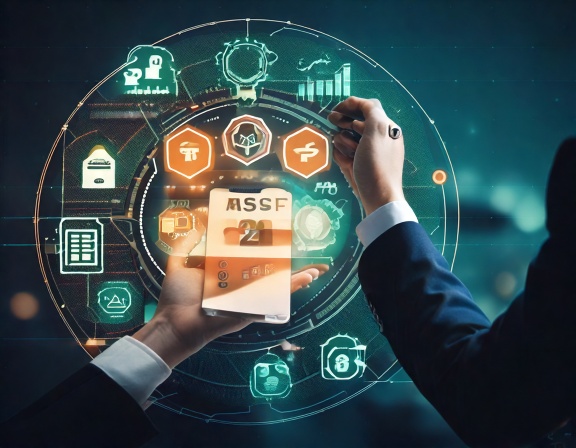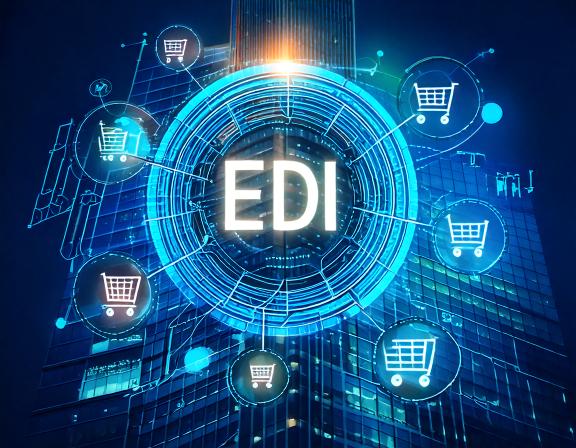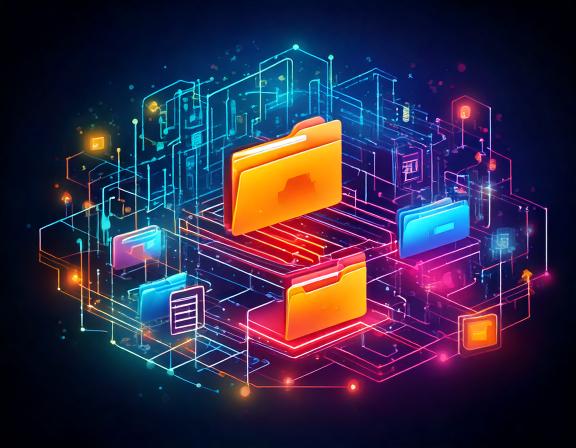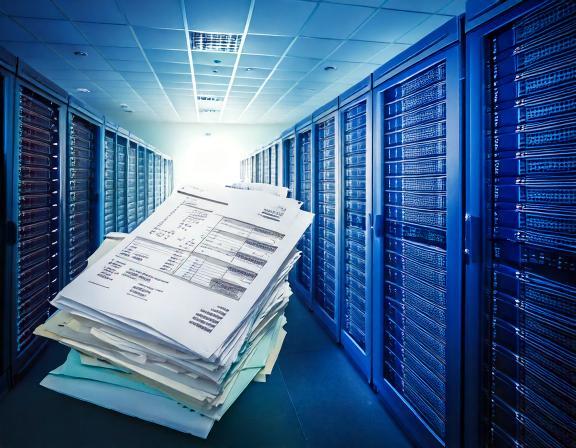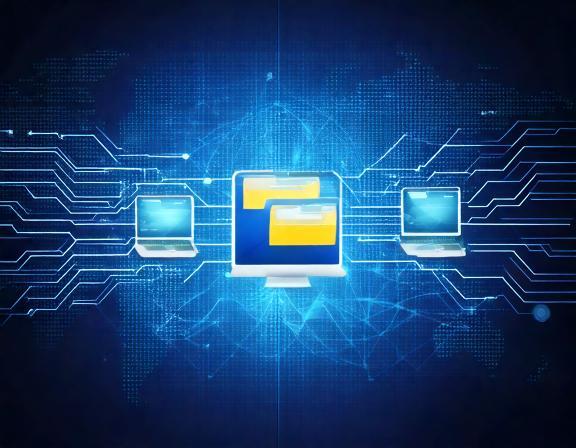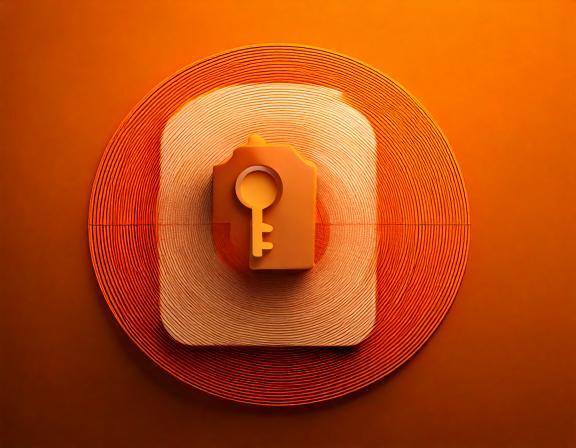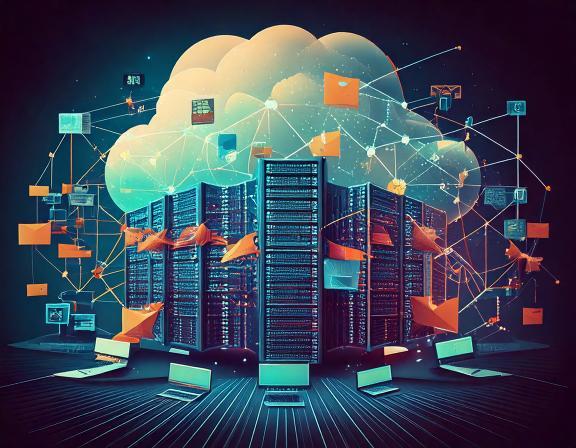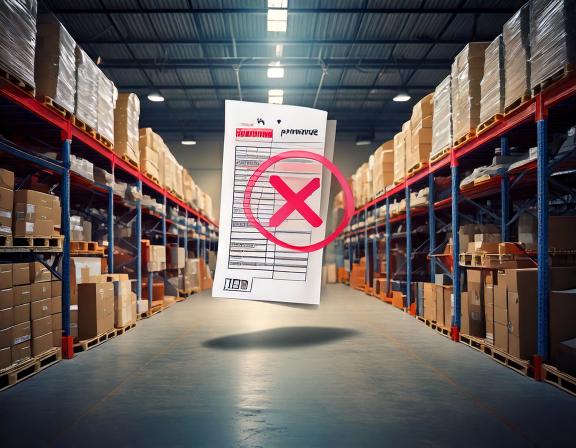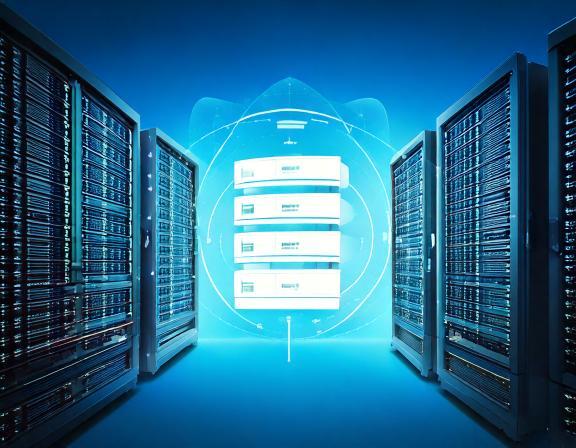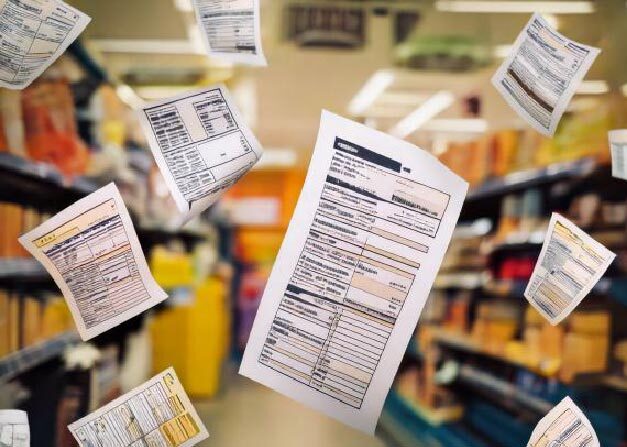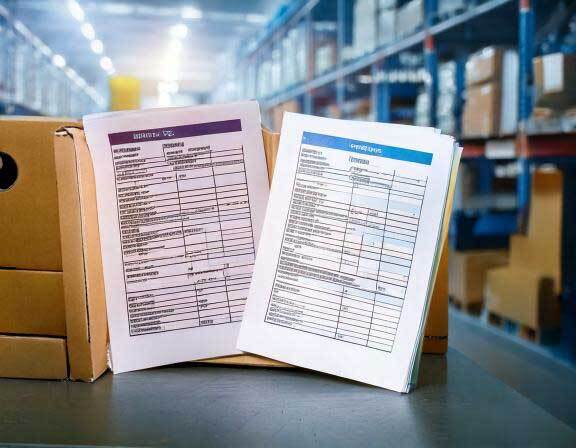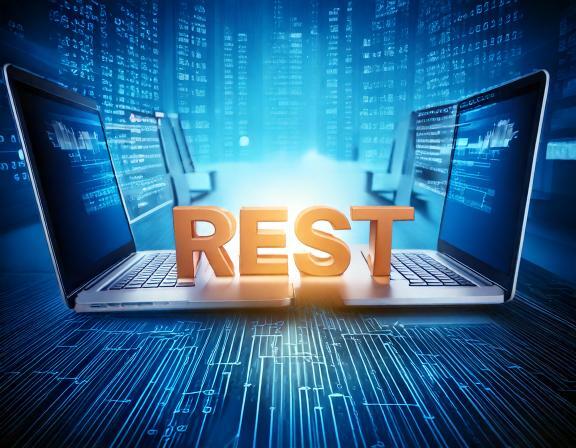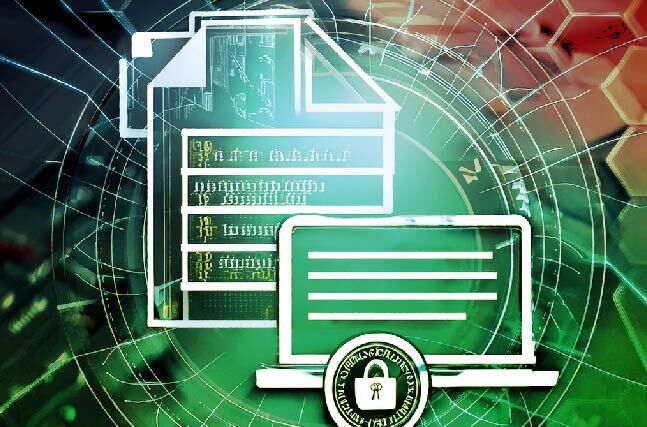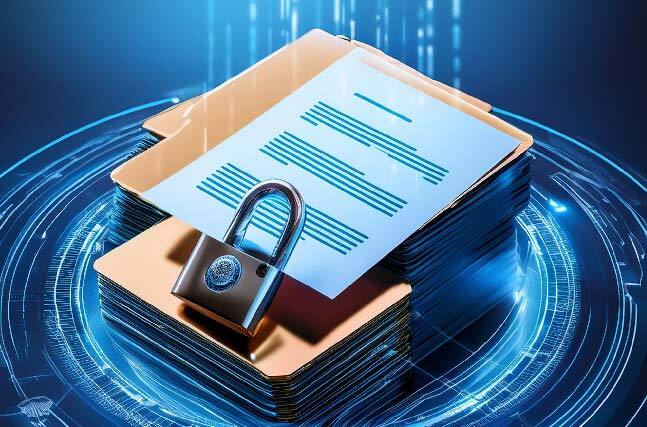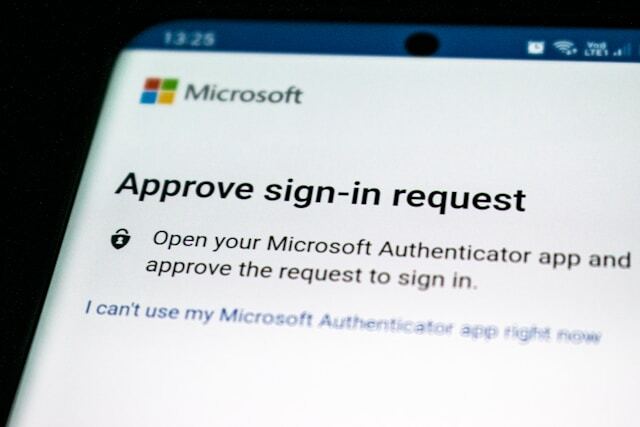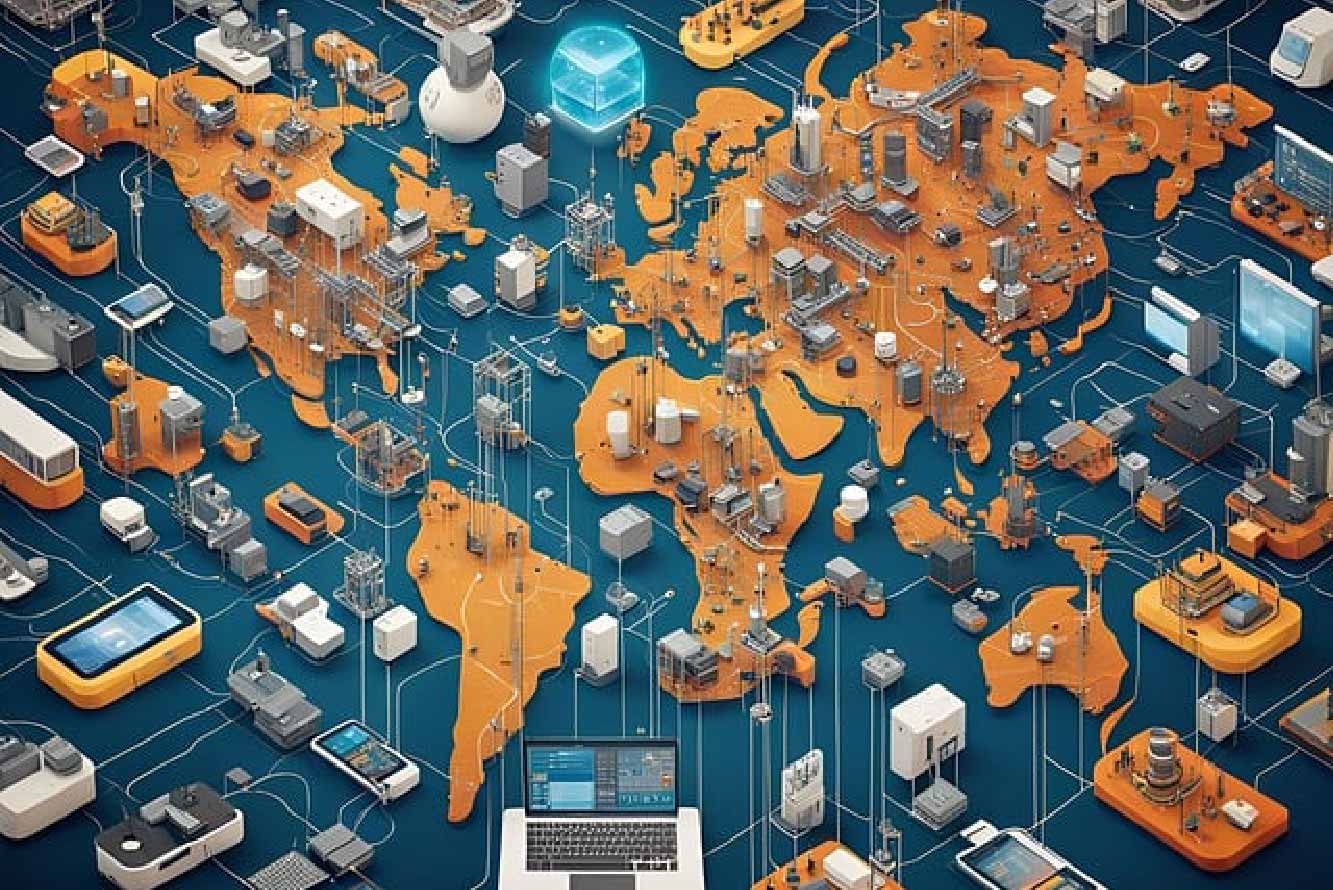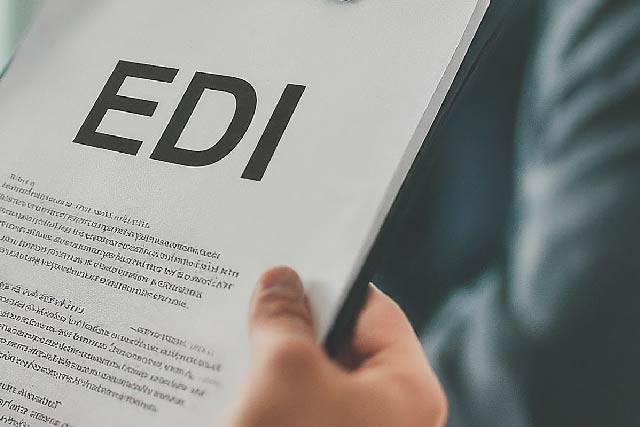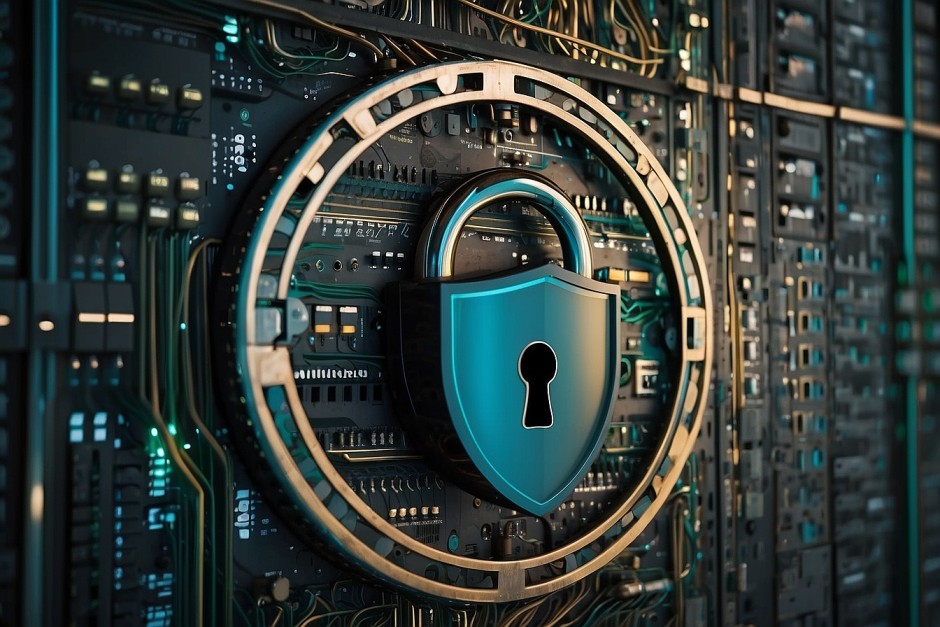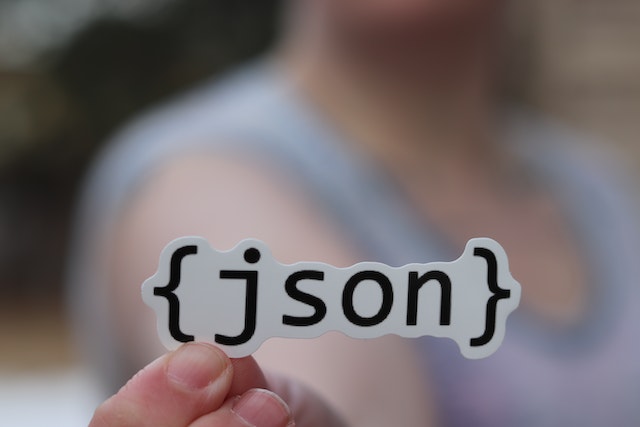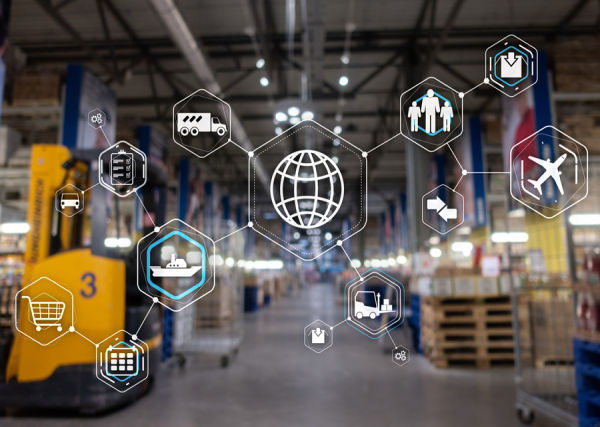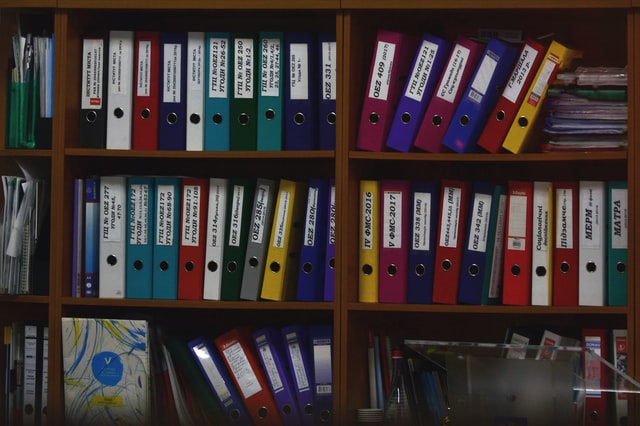MFT Gateway is a hosted Software as a Service (SaaS) solution that enables file exchange over the AS2 or SFTP protocol, without the need to install or maintain.
- Blog
- EDI Solution vs File Transfer: How to Choose the Right One
EDI
EDI Solution vs File Transfer: How to Choose the Right One
Confused between an EDI solution and a file transfer tool? Learn the key differences, use cases, and tips to choose the best B2B data exchange solution.

Ashan Praboda
Published: 18 Sep 2025

Table of Contents
In today’s digital business world, companies are using different types of communication methods to transfer data between partners, suppliers, and customers. Among those, let’s discuss two popular approaches that are mostly used. These methods include Electronic Data Interchange (EDI) solutions and file transfer tools.
Both of these strategies are used to exchange data between different parties. Even though they have a common purpose, there are other unique and important benefits. So let’s discuss step by step, what the key differences are, when to use each, and how to choose the right solution for your business.
What is an EDI solution?
Electronic Data Interchange (EDI) refers to the electronic exchange of information or EDI documents with trading partners, such as purchase orders, invoices, and shipment notices, rather than paper-based documents. This method originated in the 1970s and is based on generally established standards, such as ANSI X12 or UN/EDIFACT. It replaces traditional paper-based methods with secure, efficient, quicker and more precise transactions within supply chains.
- Automate Business Processes: EDI increases productivity by automating the interchange of business documents, which helps to lower manual errors.
- Enhance supply chain information: EDI gives businesses real-time supply chain information, allowing them to monitor shipments, manage inventories, and react to demand fluctuations more easily.
- Standardized Formats: Uses specific standards such as ANSI X12 or EDIFACT for seamless communication.
Read more: How can EDI help small businesses?
Understanding File Transfer Tools
On the other hand, file transfer tools are made to move files between computers, frequently through the use of protocols like FTP, SFTP, or AS2. Large items, such as files, videos or photos, are frequently sent across organisations via file transfer tools. Businesses can use file transfer tools to:
- Transfer Large Files: File transfer tools allow businesses to securely and efficiently transfer large files.
- Improve Collaboration: File transfer tools make it easier for organisations to collaborate, sharing files and working together more efficiently.
AS2 File Transfer Method: A Well-liked Choice
AS2 is a popular protocol for safe file transfers over the internet. AS2 file transfer systems include many advantages, such as:
- Security: By offering digital signatures and end-to-end encryption, AS2 makes sure that data is shielded from manipulation and unauthorized access.
- Data Integrity and Reliability: Businesses may depend on AS2 for important transactions because it provides secure transmission of data, message integrity checks, and delivery acknowledgments through MDNs (Message Disposition Notifications), which help to ensure successful file delivery.
- Non-Repudiation: With the support of digital signatures and MDNs, AS2 ensures non-repudiation, which is crucial for business accountability. Neither the sender nor the receiver can later deny sending or receiving the message.
Key Differences Between EDI Solutions and File Transfer Tools
Although file transfer tools and EDI systems can both help with data transmission, there are some significant distinctions between these two:
| Feature | EDI Solutions | File Transfer Tools |
|---|---|---|
| Data Type | Structured business documents (POs, invoices) | Structured & unstructured (images, videos, docs) |
| Standardization | Built on global standards (X12, EDIFACT) | Often requires custom formatting & mapping |
| Automation | Fully automated, integrates with ERP/CRM | May require manual intervention |
| Use Case | Supply chain, compliance-heavy industries | Ad-hoc or large file sharing needs |
How to Decide Between an EDI Solution and a File Transfer Tool
Consider the following when deciding if you require a file transfer tool or an EDI solution:
- Type of Data: An EDI solution can be a better option if you’re exchanging structured business documents, such as invoices or purchase orders. It may be sufficient to use a file transfer tool for unstructured data, such as pictures or videos.
- Trading Partner Requirements: An EDI solution is probably required if your trading partners demand EDI compliance. A file transfer tool might be enough if your partners just need safe file transfers.
- Level of Automation: An EDI solution is probably a better option if you need to integrate with your existing enterprise systems such as ERP, WMS and CRM and automate business operations. A file transfer tool may be sufficient for ad hoc data exchange or manual file transfers.
B2B Data Exchange Decision: Final Considerations
When selecting a B2B data exchange, the final tips listed below should be considered:
- Analyze Your Existing Setup: Examine your current systems and infrastructure to determine the best course of action for establishing file transfers or EDI.
- Evaluate trading partners’ needs: Identify the needs of your trading partners and choose a solution that meets their needs.
- Consider scalability and flexibility: Select a system that can grow with your business and adapt to your changing needs.
- Think about security first: To protect your data, make sure the solution you’ve chosen has robust security features.
By considering your particular business needs and following these recommendations, you can make an informed decision and choose the best solution for your B2B data exchange needs.
Conclusion
In conclusion, the choice between an EDI solution and a file transfer tool will depend on the particular needs and demands of your company. If you want automation, integration, and standardization when transferring structured business documents, an EDI system might be a better choice. For unstructured data or intermittent file transfers, a file transfer tool, such as an AS2 solution, might be sufficient. By considering the type of data, trading partner requirements, and level of automation, you can select the solution that best meets your company’s needs.

Talk to an EDI Expert
Join hundreds of organizations already taking full control of their B2B AS2 communications with our trusted solutions. Contact us today to tailor a solution that fits your specific AS2 EDI needs.
Related Articles
View All BlogsExplore our product stack
Try before you buy with a 30-day Free Trial
No commitment, all value. Try the AS2 Solution Risk-Free and discover how our solutions can transform your business workflows. No credit card required.
Explore Your Possibilities
Elevate AS2 Communications with our EDI and AS2 Solutions
See how our AS2 and EDI solutions can simplify your integrations, boost efficiency, and keep you compliant—request a personalized demo today.














